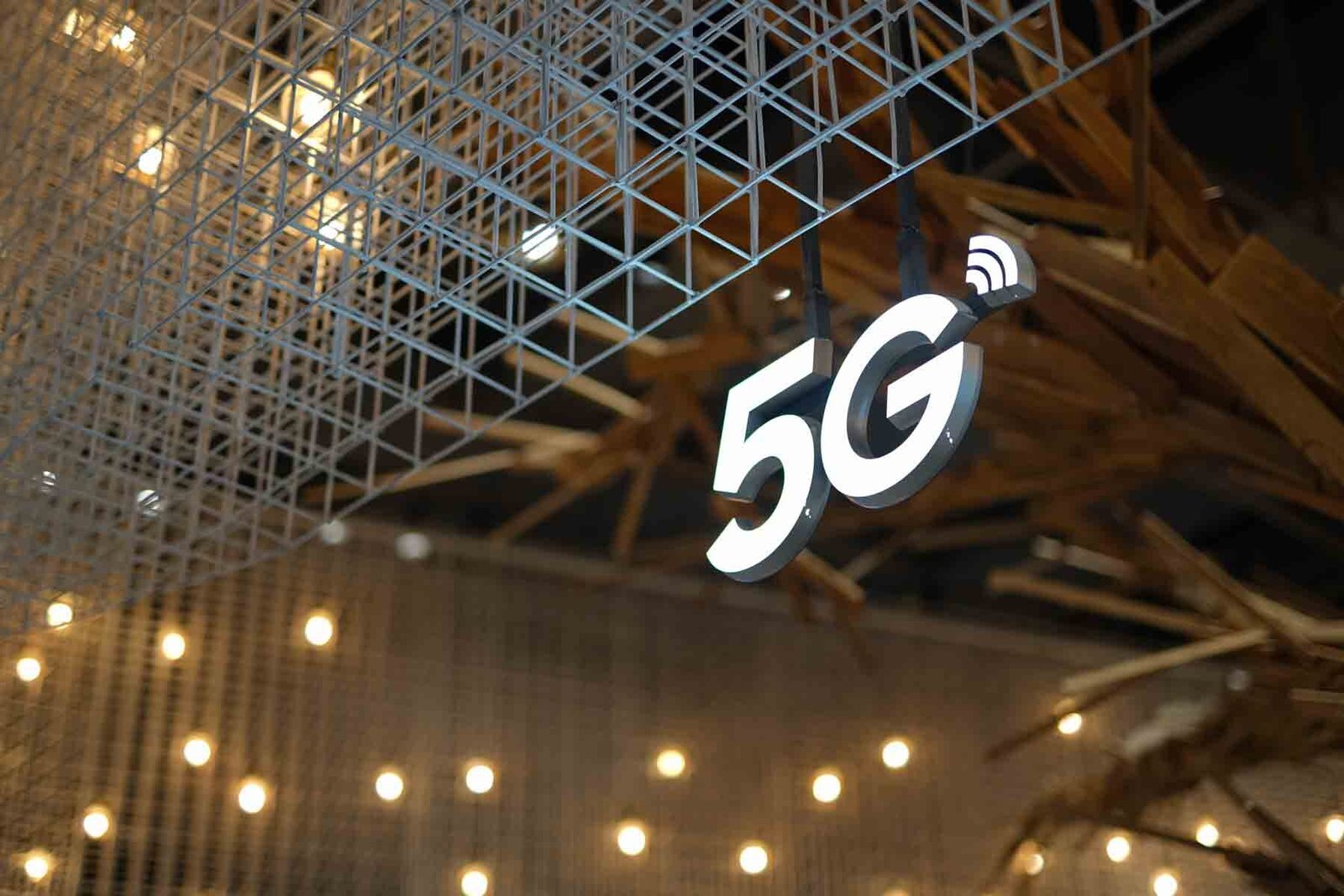Unleashing the Power of 5G Network: The Future of Connectivity
In an era defined by technological innovation and connectivity, 5G stands as the next giant leap forward. The fifth generation of wireless technology, aptly abbreviated as 5G, promises to revolutionize the way we live, work, and interact with the digital world. In this article, we will explore the incredible potential of 5G networks, their impact on various industries, and what the future holds in this age of lightning-fast connectivity.
The Genesis of 5G
Before we delve into the awe-inspiring capabilities of 5G Networks, let’s understand its origins. 5G represents the culmination of decades of research and development in the field of wireless communication. Each generation of wireless technology has brought forth significant advancements, from the advent of 1G for voice calls to the widespread use of 4G for high-speed mobile internet.
However, 5G goes beyond mere evolution; it represents a revolution. With speeds up to 100 times faster than 4G and exceptionally low latency, 5G is designed to support a vast ecosystem of connected devices and enable groundbreaking applications that were once relegated to the realm of science fiction.
The Speed and Capacity of 5G
One of the most striking features of 5G is its remarkable speed and capacity. While 4G networks typically offer download speeds of up to 100 Mbps, 5G can achieve speeds ranging from 1 Gbps to an astonishing 10 Gbps. This means that downloading an entire HD movie will take mere seconds, and streaming 4K or even 8K videos will become seamless.
The increased capacity of 5G is equally impressive. They can support a significantly higher number of devices per square kilometer, making them ideal for densely populated urban areas and events with massive crowds. This capacity expansion is essential as the number of connected devices, from smartphones and wearables to IoT sensors and autonomous vehicles, continues to grow exponentially.
Low Latency: Real-Time Everything
Latency, or the delay between sending and receiving data, is a critical factor in many applications. With 5G, latency is reduced to as low as one millisecond—virtually imperceptible to humans. This low latency opens the door to real-time applications that were previously unattainable.
For example, in the realm of gaming, 5G enables cloud gaming services where players can enjoy graphically intensive games without the need for powerful local hardware. In the world of healthcare, remote surgeries conducted by robotic arms with sub-millisecond latency become feasible, potentially saving lives in emergencies.
IoT Revolution with 5G
The Internet of Things (IoT) is set to experience a massive transformation with the advent of 5G. The combination of high speeds, low latency, and increased device capacity makes 5G the perfect enabler for a plethora of IoT applications. Smart cities, connected vehicles, industrial automation, and precision agriculture are just a few examples.
Imagine a city where traffic lights communicate with vehicles to optimize traffic flow, reducing congestion and emissions. Think about agriculture where sensors in the soil provide real-time data on moisture levels, helping farmers conserve water and improve crop yields. 5G makes these scenarios not only possible but practical.
5G in Healthcare: Saving Lives and Improving Care
The healthcare sector is poised to benefit immensely from 5G technology. Telemedicine, already on the rise, will reach new heights with 5G’s high-quality video streaming and low-latency communication. Remote patient monitoring becomes more precise, allowing healthcare providers to detect and respond to health issues in real time.
In emergency situations, paramedics equipped with augmented reality (AR) glasses connected to 5G Networks can receive guidance from specialists while attending to patients. This live-streamed expertise can make all the difference in critical moments.
5G and Industry 4.0: Transforming Manufacturing
The manufacturing sector is undergoing a transformation known as Industry 4.0, characterized by automation, data exchange, and IoT. 5G is the linchpin of this revolution, enabling real-time monitoring and control of industrial processes.
Factories equipped with 5G-connected robots and sensors can adjust production in real time, optimize energy usage, and prevent costly downtime through predictive maintenance. This level of efficiency not only drives productivity but also reduces waste and energy consumption.
5G and Augmented Reality (AR) / Virtual Reality (VR)
The entertainment and gaming industries are set for a major upgrade with 5G. Augmented reality (AR) and virtual reality (VR) applications will benefit from the low latency and high-speed data transfer capabilities of 5G networks.
Imagine wearing AR glasses that provide real-time information about the world around you or experiencing VR gaming without any lag. 5G brings us closer to these immersive experiences, opening up new possibilities for entertainment, education, and training.
Challenges and Considerations
While the potential of 5G is awe-inspiring, its rollout also presents challenges. Infrastructure upgrades are necessary to deploy 5G networks on a wide scale. Additionally, concerns related to data privacy and security must be addressed as more devices and applications become interconnected.
Conclusion
5G is not merely an evolution of wireless technology; it’s a revolution that will reshape industries, unlock new capabilities, and redefine the way we live and work. With unprecedented speed, capacity, and low latency, 5G networks are set to fuel innovations in healthcare, IoT, entertainment, and more. As we stand on the cusp of this transformative era, one thing is certain: the future is 5G, and its potential knows no bounds.

